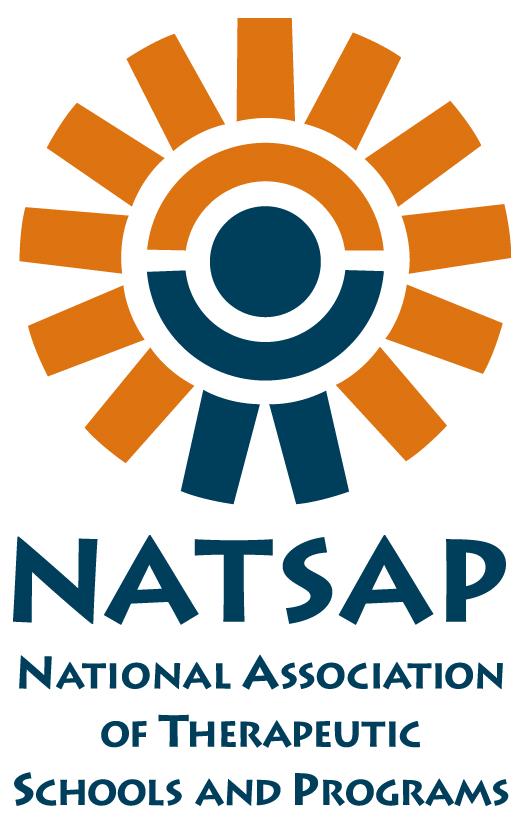May times we hear the term Emotional Disturbance and we panic and wonder how we are going to handle this. Emotional Disturbance (ED) is defined by the nation’s special education law, the Individuals with Disabilities Education Act (IDEA).
IDEA defines emotional disturbance as follows:
“…a condition exhibiting one or more of the following characteristics over a long period of time and to a marked degree that adversely affects a child’s educational performance:
- An inability to learn that cannot be explained by intellectual, sensory, or health factors
- An inability to build or maintain satisfactory interpersonal relationships with peers and teachers
- Inappropriate types of behavior or feelings under normal circumstances.
- A general pervasive mood of unhappiness or depression
- A tendency to develop physical symptoms or fears associated with personal or school problems.”
Some of the characteristics and behaviors seen in children who have an emotional disturbance include:
- Hyperactivity (short attention span, impulsiveness)
- Aggression or self-injurious behavior (acting out, fighting)
- Withdrawal (not interacting socially with others, excessive fear or anxiety)
- Immaturity (inappropriate crying, temper tantrums, poor coping skills)
- Learning difficulties (academically performing below grade level)
Emotional Disturbance is a category for students that have difficulty learning and do not meet the criteria of other disorders. The Centers for Disease Control and Prevention (CDC) state that 14.5% of students ages 4 to 17 years old have parents that have spoken with school officials or health care providers about their child’s emotional or behavior issues.
Those students having problems learning and meeting the criteria of ED, are often eligible for educational assistance in public schools to help them be successful. The tool used to define the specific needs of the student and how the school will meet those needs is called an Individual Education Plan (IEP).
The IEP process takes place with parents and school personnel creating goals and objectives of how to help a student achieve academic success. The IEP identifies the student’s strengths and weaknesses, specific areas that need attention, goals to achieve success in those areas and any special assistance or classroom adaptations for the student. It is important for the IEP include support for emotional and behavior issues along with assisting the student in academic success, developing social skills and increasing self-awareness, self-control and self-esteem.
Sometimes counseling may be needed to help the students deal with depression, anxiety, aggression and teach coping skills.
Emotional Disturbance tends to be exhibited more in boys than girls. As a parent one of the best things you can do is become informed and advocate for your son.
Many of the students at Triumph Youth Services have issues with Emotional Disturbance. Their teachers and other staff are well versed in ED and Individual Education Plans and are compassionate about helping students become successful both academically and personally.
Triumph Youth Services has an accredited school and offers a small, highly structured family environment for youth. This family-like community promotes a social environment that takes on both therapeutic and healing properties instead of maintaining negative behaviors.
They have been very successful in working with young men and rebuilding personal, interpersonal and family relationships. You are not alone. Call for help.
Resource:
http://nichcy.org/disability/specific/emotionaldisturbance








